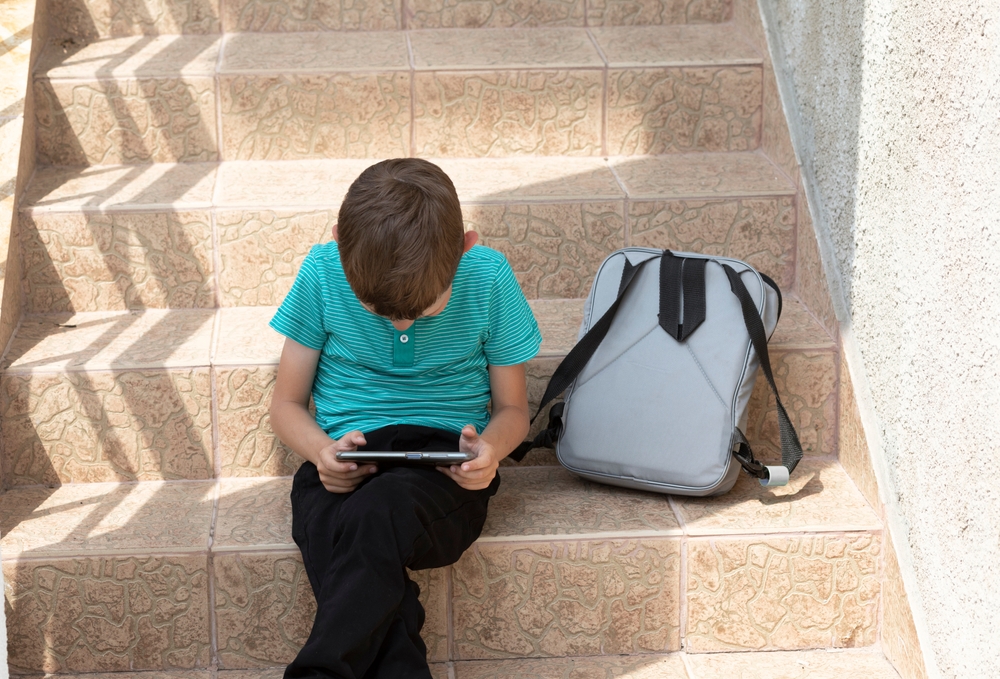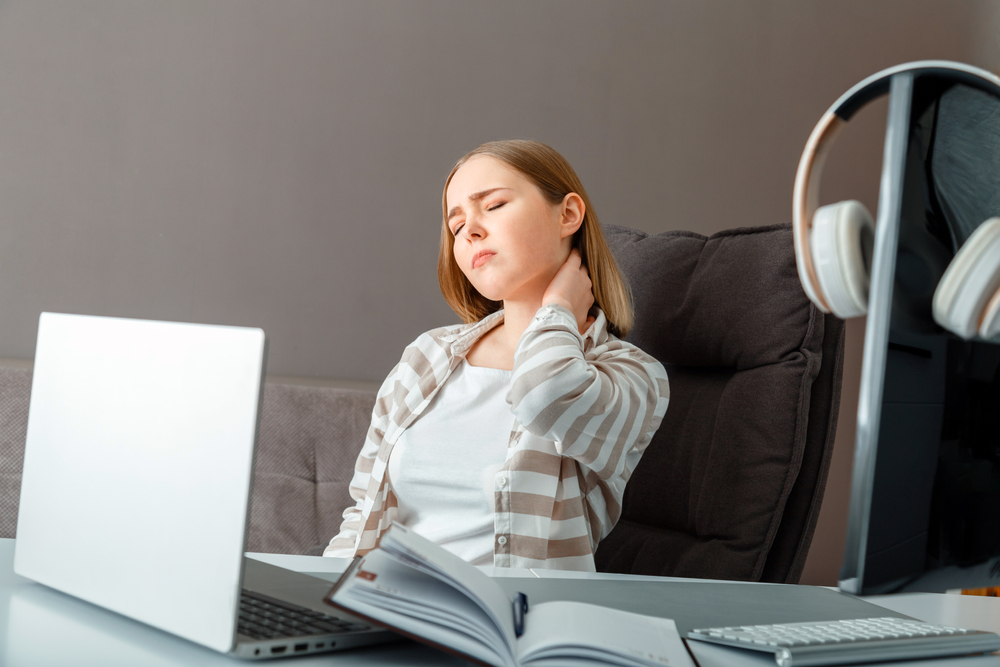Back pain is a problem we associate with increasing age and the wear and tear a lifetime of activity can inflict on the spine. However, recent research reveals that back pain isn’t just a problem for adults. A 2020 study of children and adolescents in the U.S. between 10 and 18 years of age revealed that one-third had experienced back pain within the previous year, and nearly 9% had severe back pain in that time. Knowing the possible causes for a child’s back pain (and what signs might indicate a call to their primary care physician is in order) can help you determine the best way to treat it.
What Are Signs for Concern?
Children and teenagers can get back pain for many of the same reasons adults do—overuse, poor posture, muscle and ligament strains, etc. However, it is a bit more unusual for kids to have back pain, so it’s important to be on the lookout for other symptoms that might point to a serious problem. If your child is 4 or younger and has back pain, has pain at night (especially if it is intense enough to wake them up), is in constant pain or has pain persisting for more than several weeks, and/or has pain that shoots down one or both legs, schedule an appointment with their provider to have them evaluated.
Other symptoms that accompany back pain in children are a red flag that emergency care is needed, including:
- Fever, chills, and/or malaise
- Unintended weight loss
- Numbness, weakness, or trouble walking
- Urinary incontinence or trouble with bowel control
These signs may mean that an infection such as spinal meningitis, a tumor, or disc herniation is at the root of the back pain. When in doubt, don’t wait to seek to help.
More Common Causes of Back Pain in Children

Fortunately, most back pain in children has more ordinary origins. The top cause is muscular pain, which produces a sore, achy feeling in the back. Muscle strains, ligament strains, and overuse are the top culprits. Kids at risk for this kind of back pain are athletes, especially those who play intense sports year-round; those with poor posture; and those who are overweight or obese, as extra weight puts added strain on bones, ligaments, and back muscles. Carrying an overloaded backpack can also result in back pain for children who lack other risk factors.
Stress fractures may also cause back pain, usually experienced as a dull ache that gets worse when moving and improves during rest. Adolescents who participate in sports that involve repeatedly bending backward, such as diving or gymnastics, are susceptible to a type of spinal stress fracture that affects the back of the spinal column known as spondylolysis.
Finally, alignment problems can also cause back pain in children. The most common types of spinal misalignment are scoliosis, which causes a sideways S-shaped curve in the spine, and Schuermann’s kyphosis, which causes a sharp bend forwards. If these conditions are serious enough, a back brace may be needed to direct healthy growth; in the most severe cases, surgery may be recommended.
Treating Back Pain in Children
Even if you’ve ruled out serious, acute causes of your child’s back pain, it’s still frustrating and concerning to see them in pain. You also don’t want to ignore their discomfort, hoping it will go away with rest, because back injuries can develop over time from repeated unnatural stresses—today’s easily fixable pain could turn into a more serious condition if left untreated.
At Divine Spine, we can safely treat back pain in children with the most advanced computerized chiropractic care available. Our methods are gentle and precise, with no popping, twisting, or cracking of the spine. With computerized X-rays on site, we can pinpoint the source of your child’s pain, saving you multiple trips to labs and specialists to connect imaging results with providers. Best of all, we can get your child back on the road to wellness quickly, relieving pain and restoring alignment in their spine so they can enjoy the activities and sports they love.
To find out more about how Divine Spine’s state-of-the-art, comfortable chiropractic treatment can help your child, or to schedule a consultation, contact us here.

